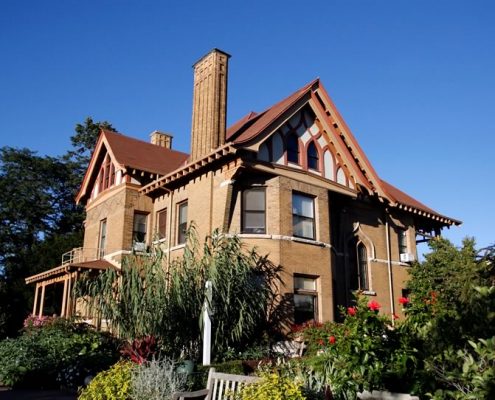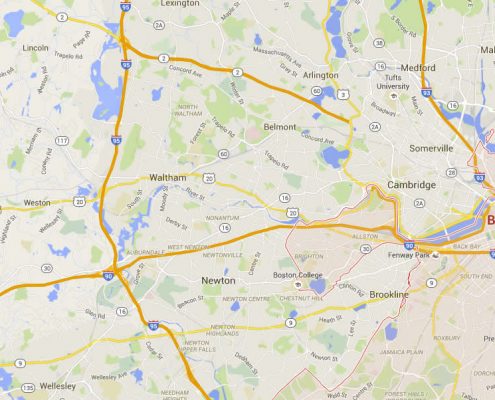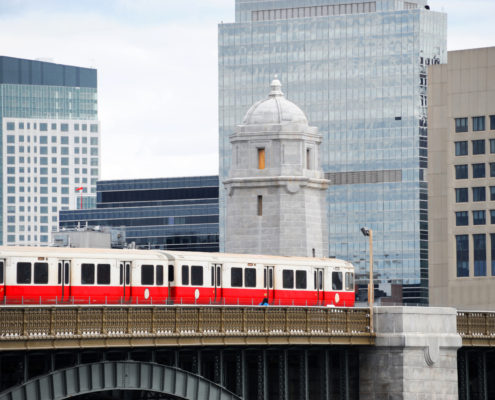Pest Control Services in Southborough, MA
WE SERVE YOU AT YOUR SOUTHBOROUGH PROPERTY
Like many other towns in Massachusetts, Southborough has a rich Puritan history — and has held onto its small-town feel and rural roads and housing.
Also known as Southboro, many good things have come from this town, including being the leading manufacturers of plaster, straw bonnets, boots, and shoes by the end of the 19th century. This farming community also supplied water to Boston in the late 1890s thanks to the construction of the Fayville Dam. Buildings like the St. Mark’s Church, St. Mark’s School, the library, the Community House, and the Fay School are all derived from prominent figures in Southborough’s history.
Today, Southborough is one of the country’s wealthiest towns, with nearly all of its residents employed in white-collar jobs. Even so, it remains a small town, just as it was during its settlement and incorporation. It is still mainly residential with plenty of open space, including sites like the large dam and reservoir with light industrial land use and several small business districts.
PEST CONTROL SERVICES AVAILABLE IN SOUTHBOROUGH, MA
Primarily a farming community, Southborough is familiar with the range of pests that inhabit many homes and buildings throughout the year. No matter the type of insect, you can find peace from them with Greenhow’s integrated pest management services, such as:
Pest Control
Whether you live in a historic farmhouse or an upgraded community, pests don’t discriminate since they’ll always find a way inside. A few different entry points might include cracks by doors and windows, foundation crevices, or even through plumbing systems like the sink or tub. Instead of dealing with such a nuisance, it may be time to contact the pest control experts at Greenhow.
Mosquito & Tick Control
Mosquitoes and ticks can ruin any outdoor experience within seconds of stepping outside. The bites, the buzzing, and the persistence of these inconvenient pests are frustrating and can also be dangerous to everybody’s health. The good news is that Greenhow has years of expertise when dealing with ticks and mosquitoes and can eliminate and deter them from your property.
Termite Control
Termites are a building’s worst enemy—but the worst thing about a termite infestation is that these small pests can go unnoticed for several years. By the time you finally realize you have termites and get an inspection, it might be far too late to reverse any potential damage. Greenhow Pest Control can identify and eliminate any termite infestation so that your home and buildings remain completely safe.
Plant Health Care
Your plants and garden play a significant role in how you take care of your yard. But when it comes to managing your outdoor space, small pests like beetles and snails that thrive on flowers and growing plants are all too common. Whether it’s for your home or your business, Greenhow also specializes in plant health care against unwanted creatures that compromise your lawn and garden’s health.
Rodent Control
Like many other towns in Massachusetts, Southborough homes and businesses are susceptible to rodents like mice, rats, gophers, and chipmunks. These infestations can go unnoticed since they often live in walls or attic spaces and can damage the electric wiring and structure of any home. Greenhow Pest Control combats all types of pests, including rodents that break into your household.






